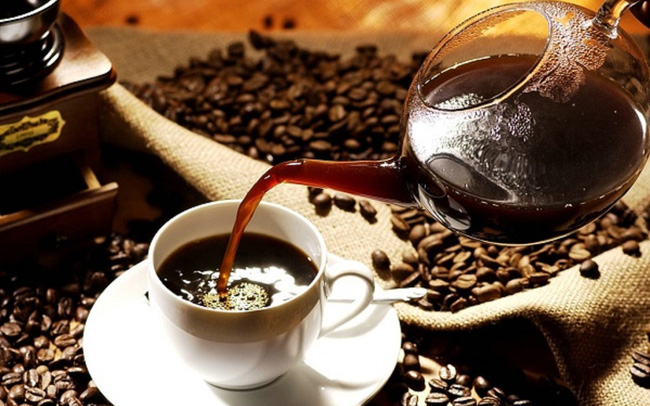What Is The Standard For Safe Roasted Coffee?

 \
\
According to Nguyen Viet Vinh, secretary general of the Vietnam Cocoa and Coffee Association (Vicofa), one of the hottest issues now is the absence of national standards for roasted coffee.
As a result, roasters add non-coffee elements into real coffee and sell their products as ‘genuine coffee’.
“The lack of national standards for roasted coffee places difficulties on agencies to control coffee quality in the market, while ‘mixed’ coffee is labeled as genuine coffee,” he commented.
The Ministry of Agriculture and Rural Development (MARD) has set up two standards related to coffee processing. These include national standards for coffee processing units and national standards for coffee beans.
In principle, coffee roasters must declare the ingredients and label their products. If state management agencies discover that the roasters have made false declarations or the products’ quality cannot meet the requirements, they must be punished. |
Meanwhile, the standards for finished coffee products remain open.
The question about coffee quality was raised after the police discovered a coffee production workshop in Dak Nong province making roasted coffee from used batteries, dirt and rock dust.
Nguyen Thi Loan, the owner of the workshop, admitted that she bought rejected coffee beans at low prices, then ground them and mixed them with other materials to make ‘real coffee’. The battery powder is used to get the ‘coffee color’.
About 35 kilograms of batteries were ground into powder. Three tons of battery-made coffee was sold in Q1 2018.
In principle, coffee roasters must declare the ingredients and label their products. If state management agencies discover that the roasters have made false declarations or the products’ quality cannot meet the requirements, they must be punished.
According to Vicofa, it is necessary to refer the lists of prohibited substances released by Vietnamese agencies or international organizations to define the quality of coffee.
If products contain substances and additives not found on the lists of prohibited substances and do not harm human health, they must not be considered ‘dirty’.
In 2016, Nestle admitted that its coffee products available in Vietnam contained roasted soybean powder. However, it refused to declare the ingredients of products because it didn’t want to ‘reveal manufacturing know-how’.
Vinacafe Bien Hoa, a large coffee producer in Vietnam, has also been mixing soybeans with coffee since 2012.
According to the Ministry of Industry and Trade, in the 2015-2016 crop, Vietnam imported 640,000 large bags of coffee, including 340,000 bags of roasted coffee.
RELATED NEWS
Who rules Vietnam’s coffee market?
Vietnam’s coffee industry relies on merchants
Thanh Mai
Vietjet Launches Four Routes Linking Top Destinations Of Việt Nam And India
Vietjet has officially launched four more services linking top destinations of Việt Nam and India including HCM Ci... Read more
Sacombank To Recruit 300 Staff By July
Sacombank is set to hire 300 employees by the end of July for positions like personal/corporate customer service ass... Read more
"Fly First-Pay Later" By MOVI And Vietjet Wins Technology Award
“Fly first - Pay later” is an 100 per cent online financial product that first appeared on the Vietnamese market... Read more
EXIM Thailand Opens Representative Office In HCM City, Inks Credit Deal With BIDV
The Export-Import Bank of Thailand has agreed to provide the Bank for Investment and Development of Việt Nam with ... Read more
Vietjet Launches Two Routes To India
The two newest routes, which will operate 3 and 4 round-trip flights per week respectively, are expected to continu... Read more
Vietjet Develops E-logistics, Pays 20 Per Cent Stock Dividend
The budget carrier expects to earn more than VNĐ22.3 trillion (US$959 million) in air transport revenue in 2022 Read more

